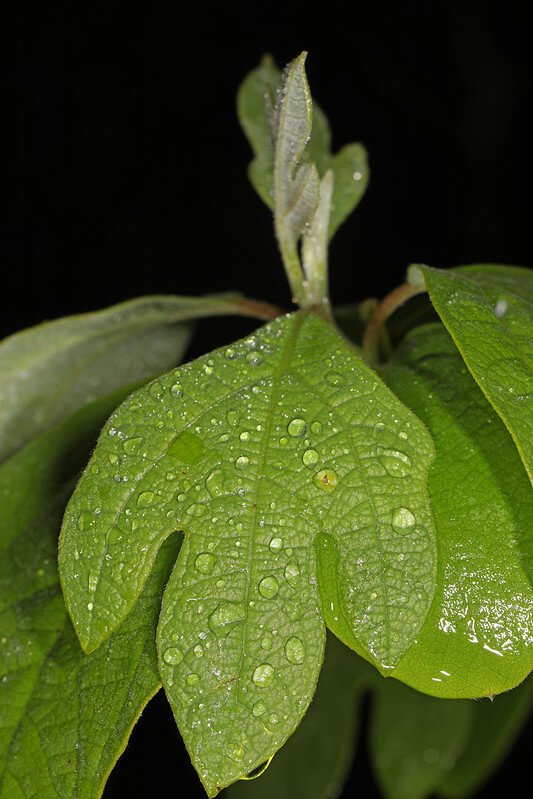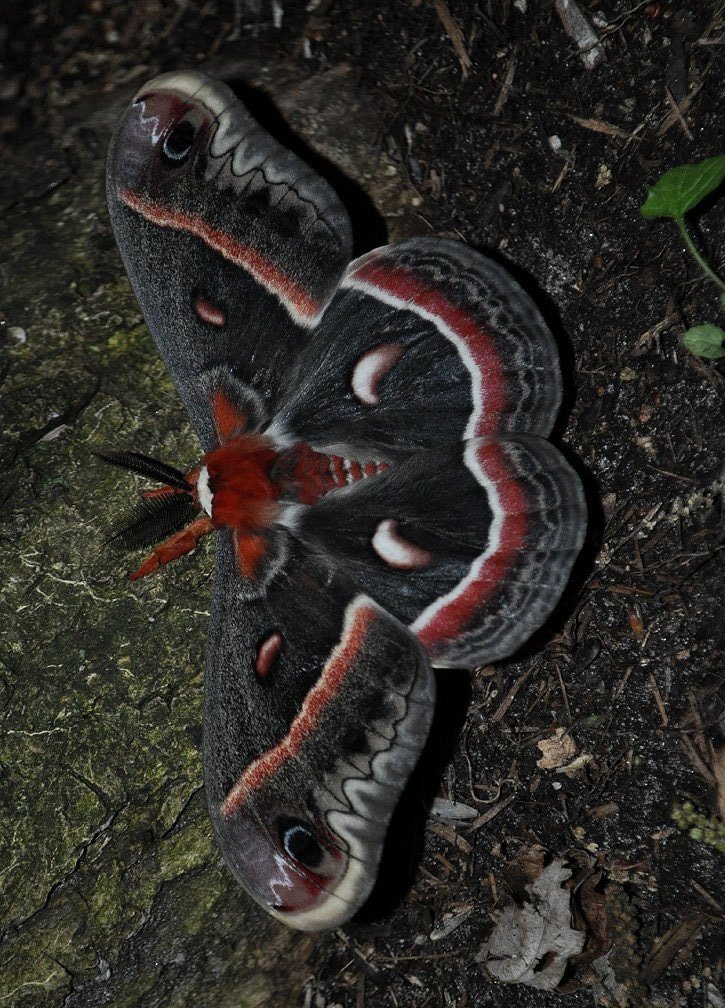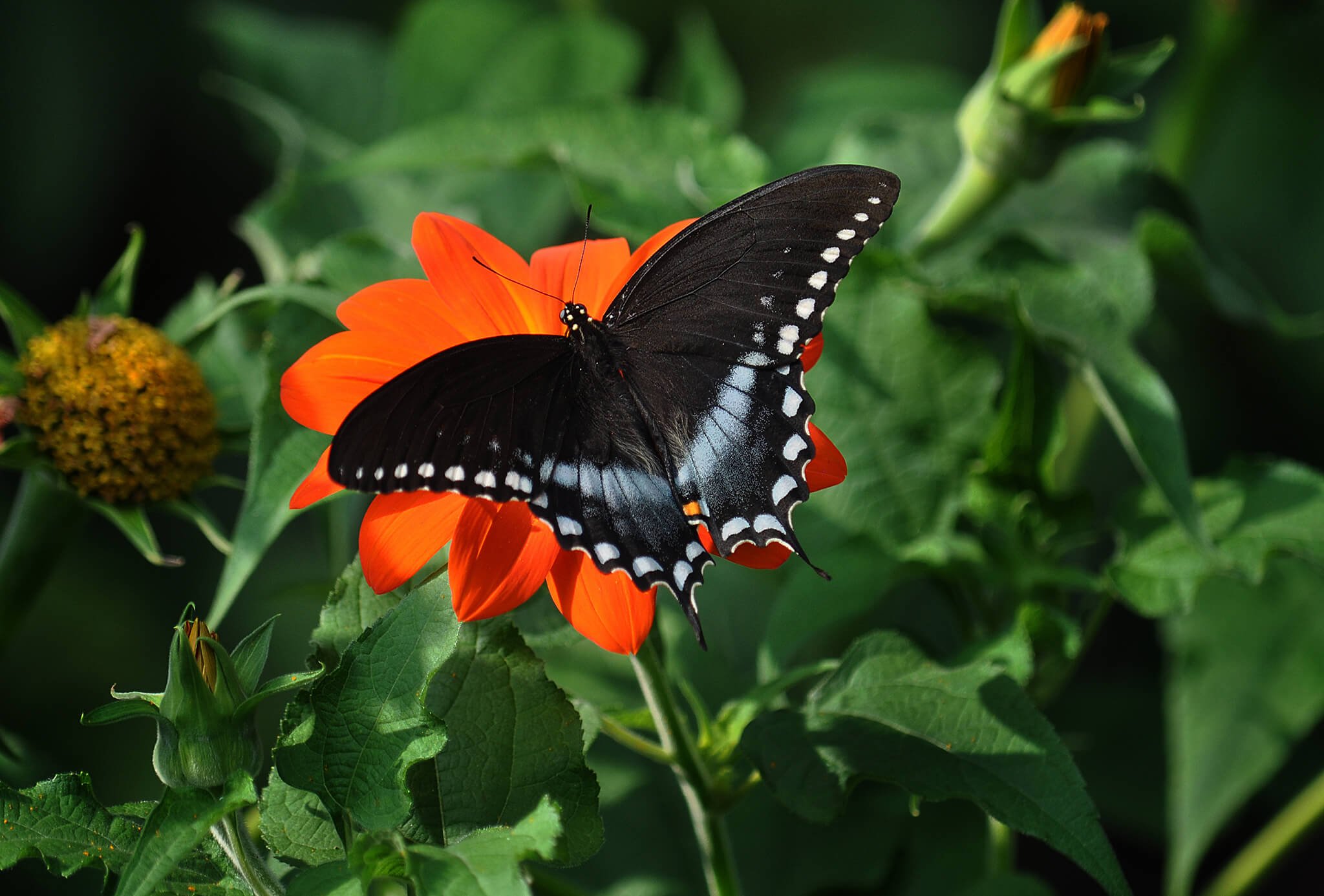Upland White Goldenrod (Oligoneuron album)
Apparently, very little is known about floral-faunal relationships for Upland White Goldenrod. It does seem to attract many pollinators, including the Karner’s Blue and the rare Poweshiek Skipperling. Some sources seem to treat this like a goldenrod and suggest that it supports the same number of specialist bees (43), but I could not confirm that across the board. It is an attractive plant, so it is worth a spot in the garden to see what visits.
Photo Credit: Doug McGrady
Apparently, very little is known about floral-faunal relationships for Upland White Goldenrod. It does seem to attract many pollinators, including the Karner’s Blue and the rare Poweshiek Skipperling. Some sources seem to treat this like a goldenrod and suggest that it supports the same number of specialist bees (43), but I could not confirm that across the board. It is an attractive plant, so it is worth a spot in the garden to see what visits.
Photo Credit: Doug McGrady
Apparently, very little is known about floral-faunal relationships for Upland White Goldenrod. It does seem to attract many pollinators, including the Karner’s Blue and the rare Poweshiek Skipperling. Some sources seem to treat this like a goldenrod and suggest that it supports the same number of specialist bees (43), but I could not confirm that across the board. It is an attractive plant, so it is worth a spot in the garden to see what visits.
Photo Credit: Doug McGrady
Life Cycle: Perennial
Sun Exposure: Full
Soil Moisture: Medium-Dry
Height: 1.5-2.5 Feet
Plant Spacing: 10-12 inches
Bloom Time: June-Sept
Bloom Color: White
Advantages: Pollinator Favorite, Deer Resistant, Great Landscaping Plant
Host: 2 other species of butterflies and moths use this as a caterpillar host plant in our area (nwf.org)









